10 Wild Animals in Andorra [Wildlife in Andorra]
Want to know more about the wildlife in Andorra?
Discover 10 wild animals in Andorra in this post, as well as interesting facts about them. 🇦🇩
Learn All About Andorran Animals
Ready to learn all about Andorran animals?
I’ve always been fascinated by animals and by how they can be so different from one country to another. In this guide, we’ll focus on the many animals Andorra has on the land, in the sky, and underwater.
I’ve split the guide into 4 categories:
- Native animals from Andorra
- Endangered animals of Andorra
- What is the national animal of Andorra?
- How many animals native to Andorra?
Let’s dive in right away with our first category!
Native Animals from Andorra
Andorra is a sovereign landlocked state located in the eastern Pyrenees, on the Iberian Peninsula. It is bordered by France and Spain, and it is believed to have been created by the famous French King Charlemagne. Its capital city is Andorra la Vella, which counts more than 22,000 inhabitants.
An interesting part of the country that I wanted to tackle is its wildlife. In light of that, I have listed the best of it, and I hope you will love learning what animals live in Andorra.
Here’s the Andorra animals list.
1. Peregrine falcon
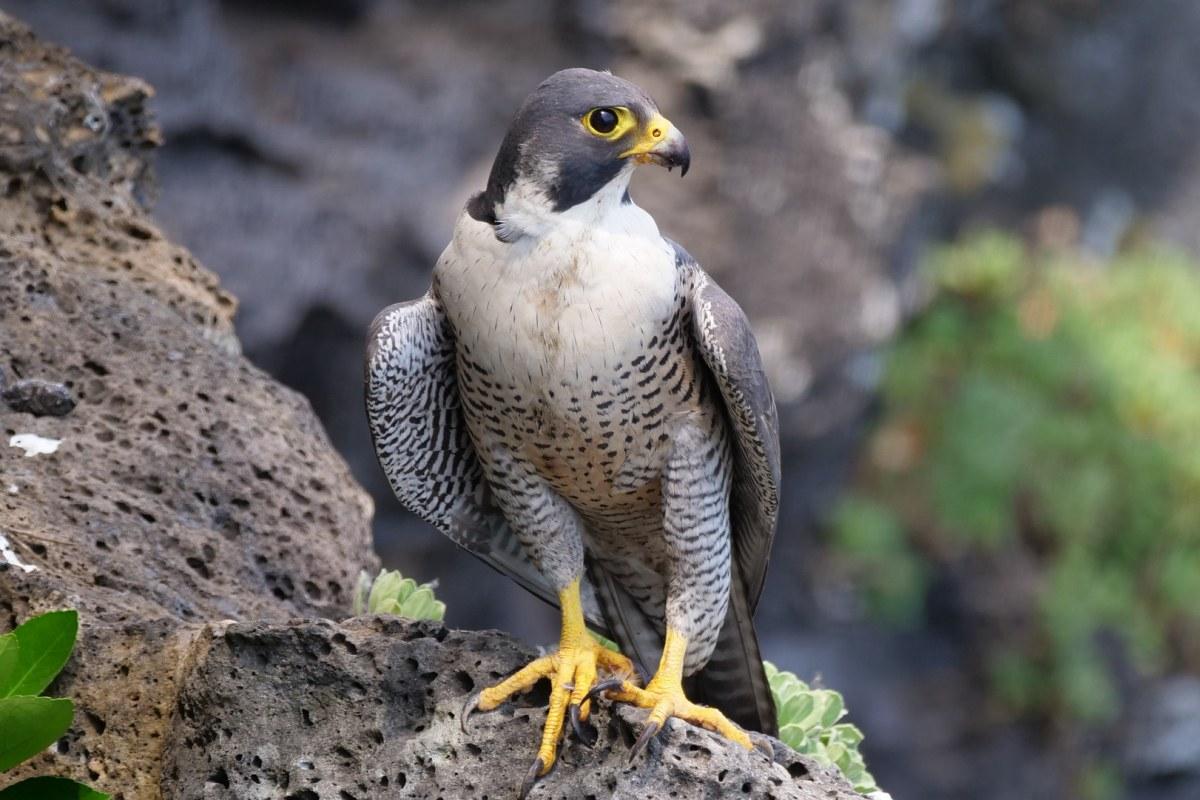
- Name: Peregrine falcon
- Scientific name: Falco peregrinus
- Conservation status:
Our first entry on this list is the famous peregrine falcon. It is spread throughout the world (basically everywhere except in extreme conditions like polar regions, tropical forests, and very high mountains), and it is very notorious for its incredible speed: when diving, the peregrine falcon can reach more than 320 km/h / 200 mph, making it the fastest animal of all!
Its diet is mostly made of birds, as well as small mammals, insects, and reptiles.
2. Central European boar
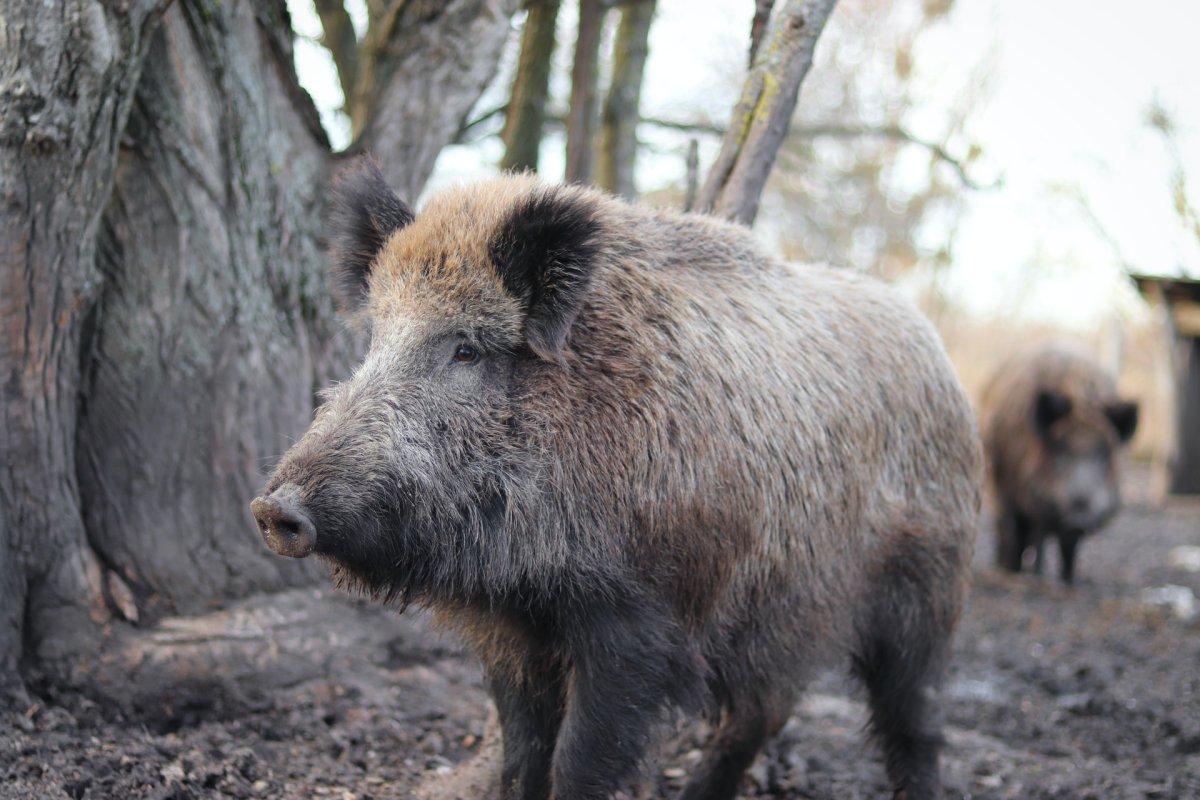
- Name: Central European boar
- Scientific name: Sus scrofa scrofa
- Conservation status:
The Central European boar is another very common animal that can be found throughout Europe, including Andorra, and excepting Russia and Scandinavia.
It is also an important symbol in several cultures, like the Scandinavian, Germanic, and Anglo-Saxon. In these countries, it has historically been engraved on helmets, swords, and shields. The wild boar was also considered the most sacred animal by the Celts, and the Welsh hero Culhwch was the son of a boar god.
3. Red fox
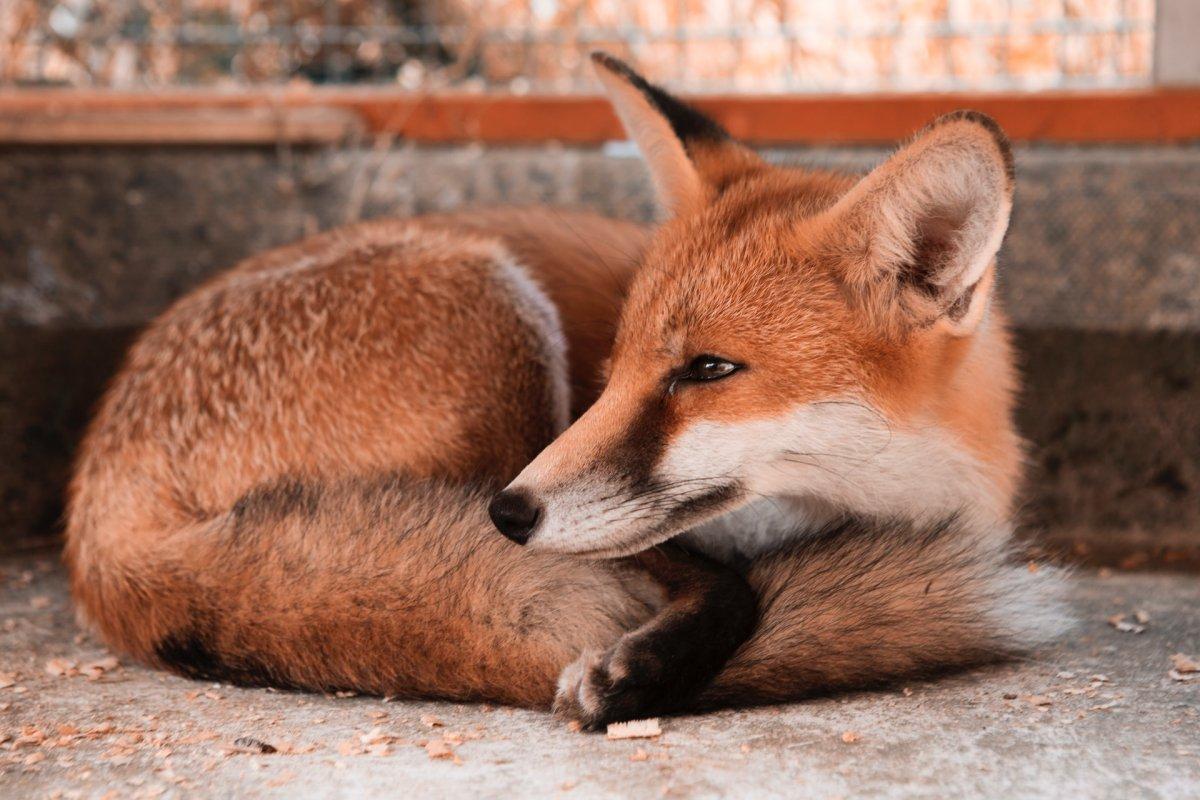
- Name: Red fox
- Scientific name: Vulpes vulpes
- Conservation status:
The red fox is the most famous fox and the largest of them. It is also one of the most widely distributed members of the carnivores, being found in almost the entire Northern Hemisphere, most notably North America, Europe, and Asia.
Despite its name, some individuals can be a bit more black or white, or even multi-colored. Red foxes use their urine to mark their territory, and they have had a long history with humans, being represented in mythology and also being hunted for skin and retaliation on livestock raids.
4. Roe deer
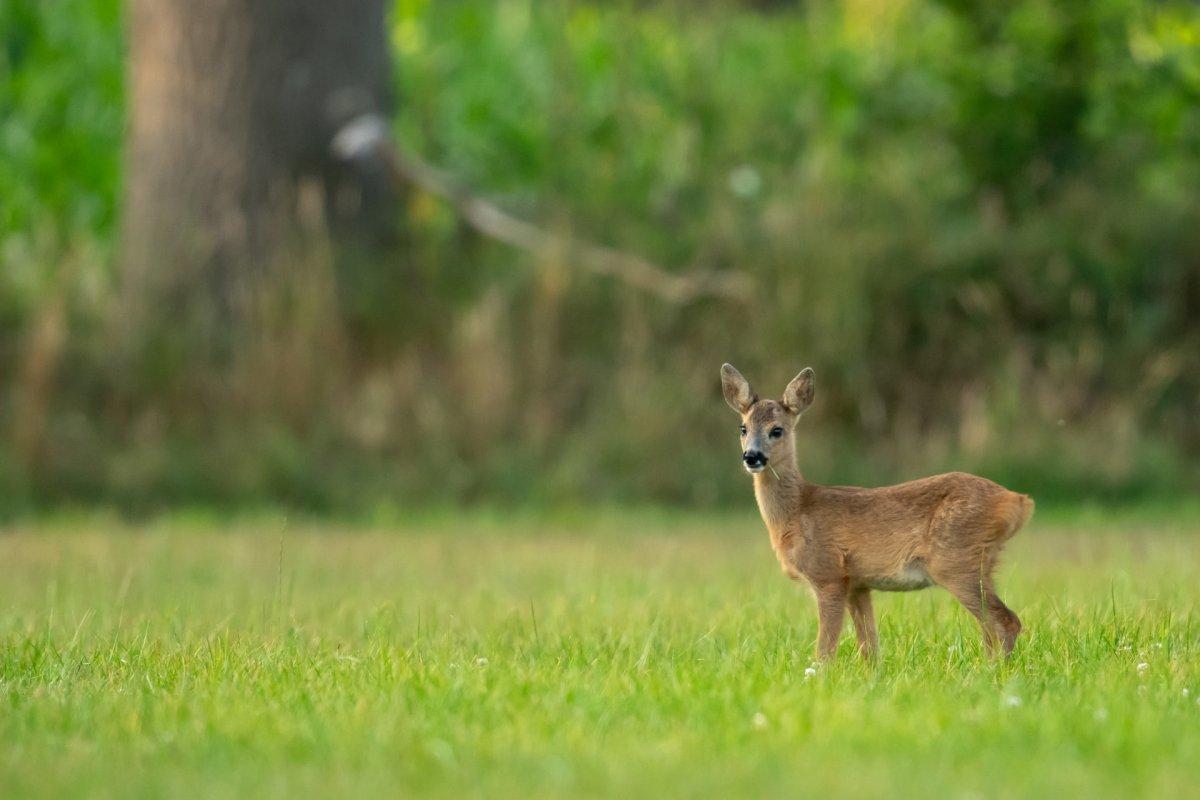
- Name: Roe deer
- Scientific name: Capreolus capreolus
- Conservation status:
The roe deer can be found all throughout Europe, and Andorra is no exception to that. It is also known as European roe, and apart from the extreme northern parts of Scandinavia as well as the islands of Ireland, Corsica, and Sardinia, it is a very common animal that can be found in the heart of the forests.
Roe deers mostly eat grass, leaves, and young shoots, and remain hidden in forests during the day. They can be seen quite often at night when there is less activity.
5. Greater mouse-eared bat
- Name: Greater mouse-eared bat
- Scientific name: Myotis myotis
- Conservation status:
The greater mouse-eared bat is a common species of bat that can be found in Europe. Its ears are long and big, and its muzzle is broad and long. It is quite large for a bat, measuring up to 9 cm / 3.5 in, but what is most impressive is its wingspan, which can reach 40 cm / 15.7 in!
This bat mostly feeds on insects and finds its prey by passively listening to the noises it makes.
6. European polecat
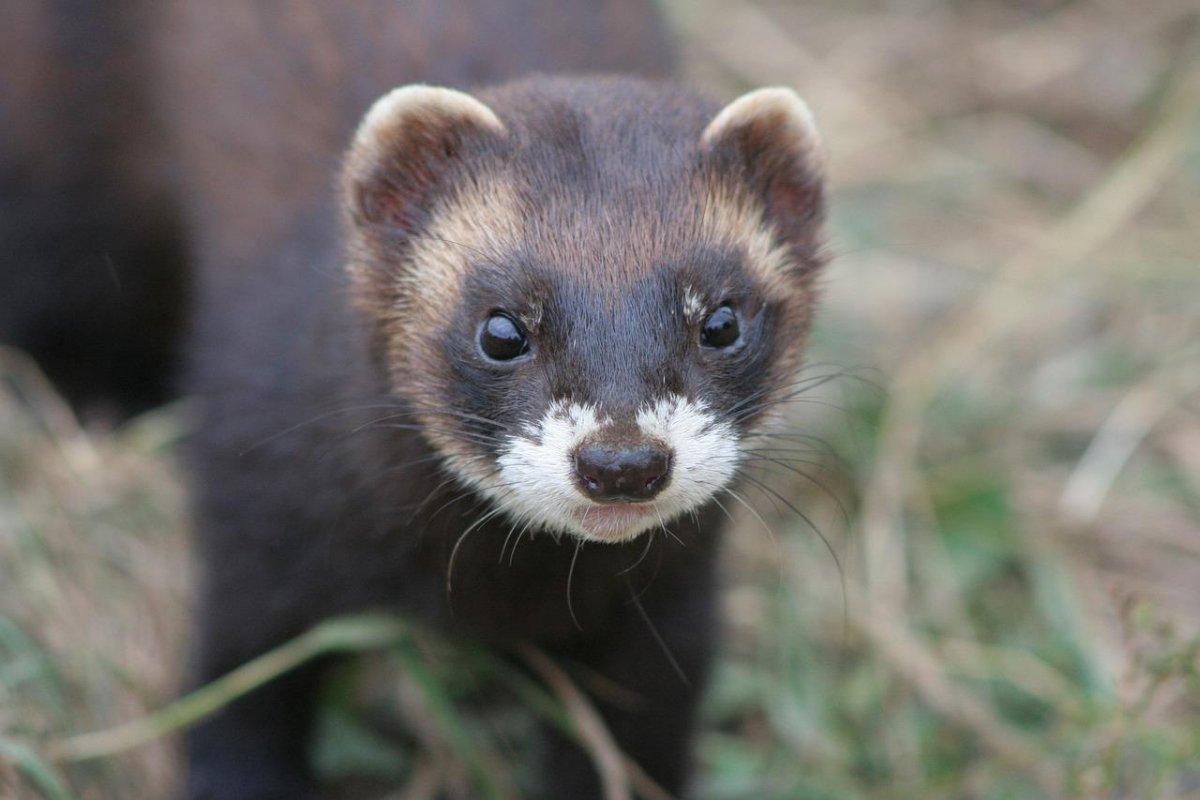
- Name: European polecat
- Scientific name: Mustela putorius
- Conservation status:
The European polecat is particularly well known for its foul smell, which is actually a tool it uses to mark its territory. Its diet is majorly made of small rodents, amphibians, birds, and reptiles.
It originated in Western Europe, and this is why you can still find European polecats in Andorra nowadays. It later spread throughout Europe and can now be found as far as Central Russia.
7. Eurasian otter
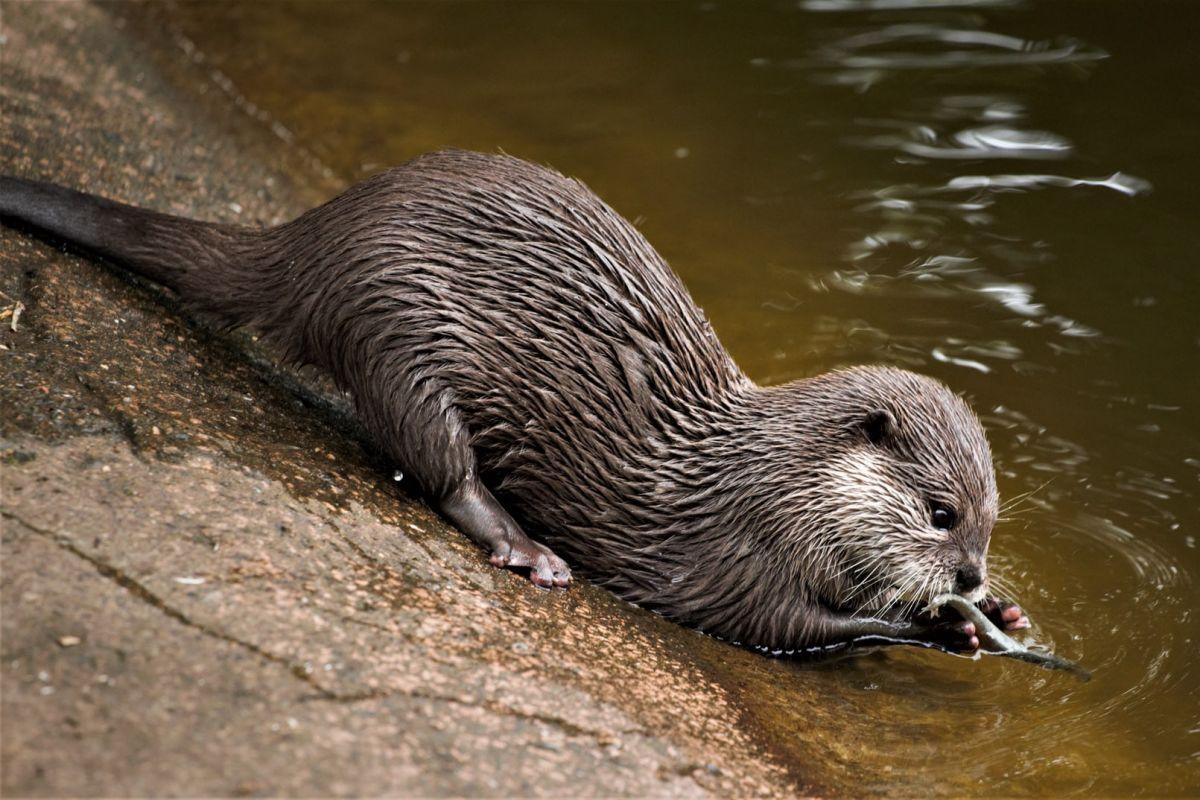
- Name: Eurasian otter
- Scientific name: Lutra lutra
- Conservation status:
The Eurasian otter is, unsurprisingly, native to Eurasia. It is the most famous and most widely distributed member of the otter subfamily. This animal is semi-aquatic, which means it spends parts of its life cycle in the water despite being partly terrestrial.
This otter is brown on top and cream below, and its body is long and ideal to live in its aquatic habitat. Compared to the North American river otter, it has a shorter neck and a broader visage.
8. Short-tailed field vole
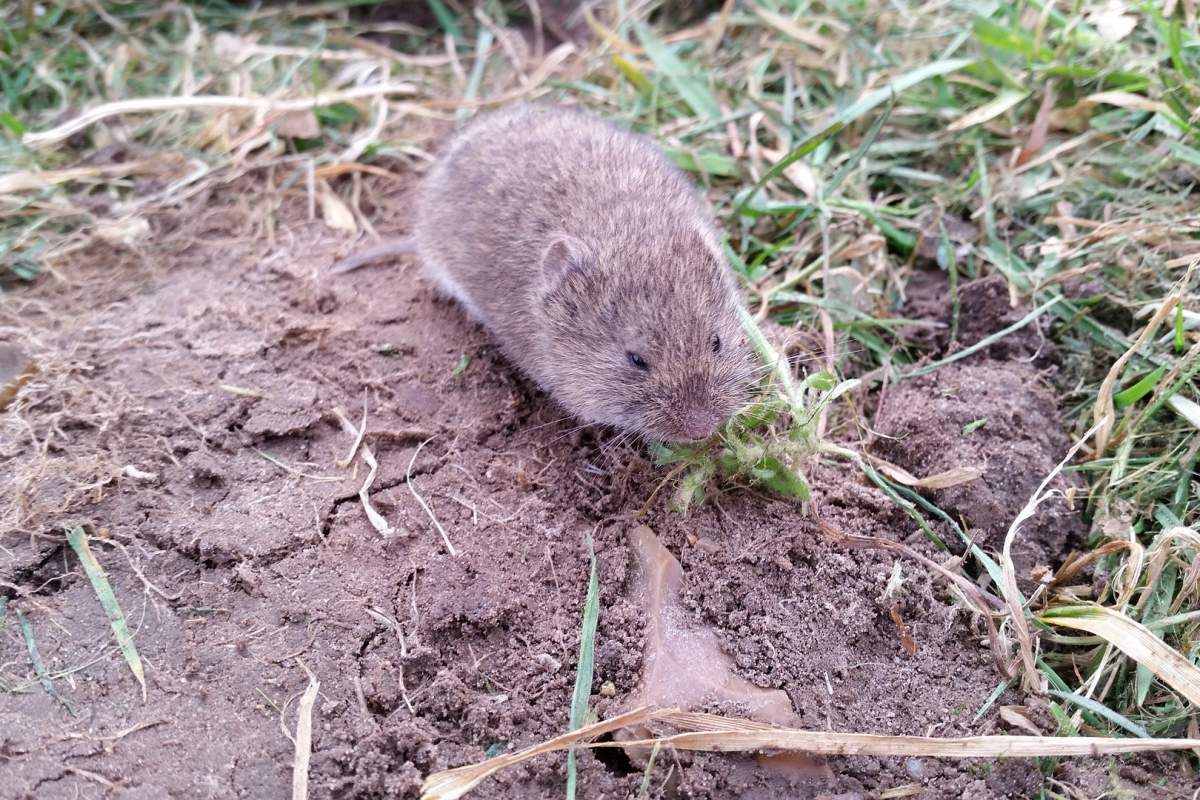
- Name: Short-tailed field vole
- Scientific name: Microtus agrestis
- Conservation status:
As its name suggests, the short-tailed field vole has a short tail. Its body measures around 10 cm / 3.9 in, and it is one of the most common mammals in all of Europe. It can be found almost anywhere from the Atlantic coast to Lake Baikal, mostly in moist and grassy habitats like woodland, river banks, and marsh.
The short-tailed field vole makes shallow burrows to hide and builds nests above ground.
9. Wood mouse
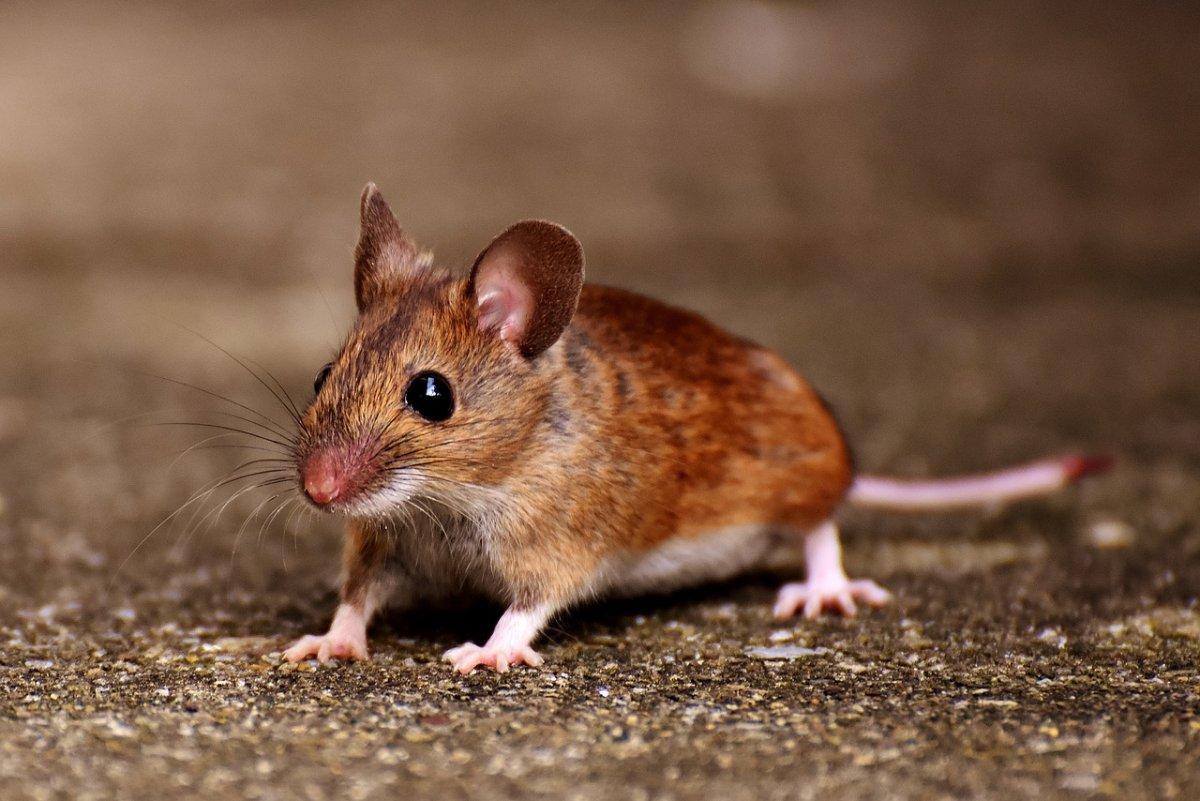
- Name: Wood mouse
- Scientific name: Apodemus sylvaticus
- Conservation status:
The wood mouse is a rodent native to Europe and northwestern Africa. Similarly to the short-tailed field vole, it is a very common animal in Europe, and it can also be found in Andorra. It also has other common names, like long-tailed field mouse or common field mouse.
This species is famous for being a potential carrier of the Dobrava sequence of hantavirus, which can affect humans and pose serious risks to human health.
10. Barn owl
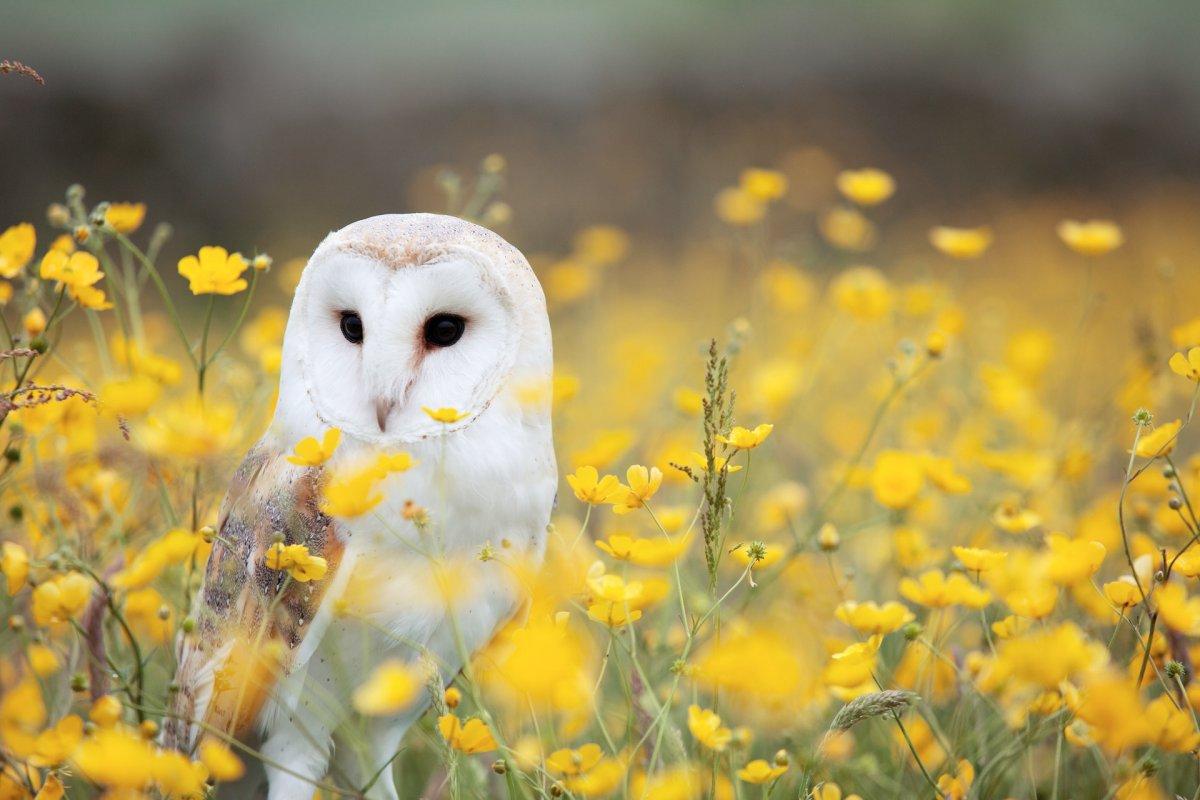
- Name: Barn owl
- Scientific name: Tyto alba
- Conservation status:
The last animal on this list of Andorran wildlife is the barn owl, a nocturnal bird. In some specific regions though, it can hunt during the day. It is one of the most common and widespread birds, and it can be found almost everywhere in the world, except for polar and desert regions.
The barn owl has a short tail and long wings. It is pale-colored and medium-sized and mostly feeds on rodents and small mammals.
—
So there you have them, these were my 10 wild animals in Andorra. I hope you enjoyed this list and that you learned something new today.
In case you want to learn more about animals in the country, feel free to keep reading, as I still have lots of things to tell you about:
Endangered Animals of Andorra
This is definitely the saddest part of the list, but it is very important to raise awareness. Because of this, let’s go through the list of endangered animals in Andorra.
Here are the animals in danger of extinction in Andorra.
- Egyptian Vulture
- Iberolacerta aurelioi
To see the full list of endangered species in Andorra, head over to the International Union for Conservation of Nature’s Red List.
What is the National Animal of Andorra?
The national animal of Andorra is the cattle.
The cattle is a large domesticated herbivore. It is mostly raised as livestock for meat, milk, and hides that can be used as leather. Even their dung is useful, as it can be used to create manure and fuel.
It was chosen as the national animal of Andorra because many citizens enjoy its benefits, and they also enjoy spending time with the animal, as it is said to be calm and friendly.
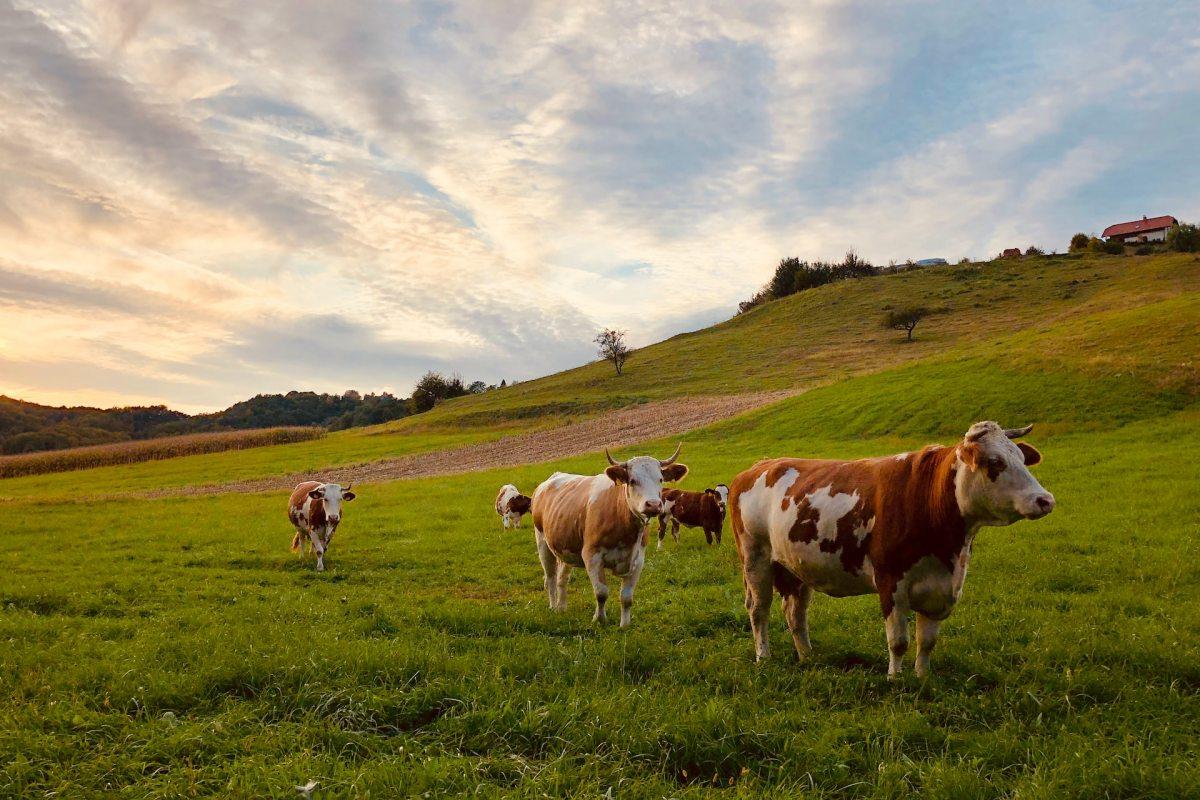
How Many Animals Native to Andorra?
What is the diversity of native animals in Andorra?
Let’s look at the total number of species of Chordata (mammals, birds, fishes, and reptiles).
Total number of animal species in Andorra: 214 (3,142 in total in Europe)
More About Animals in the World!
Loved these Andorra animal facts? Want to see what animals live in other countries?
Then check out these posts:
Or click here to see ALL the facts up on the blog! Spoiler alert: there’s A LOT of them.
Share the knowledge! Click on the buttons below to share information about these famous animals in Andorra with your friends, and help them learn more about the world 🙂
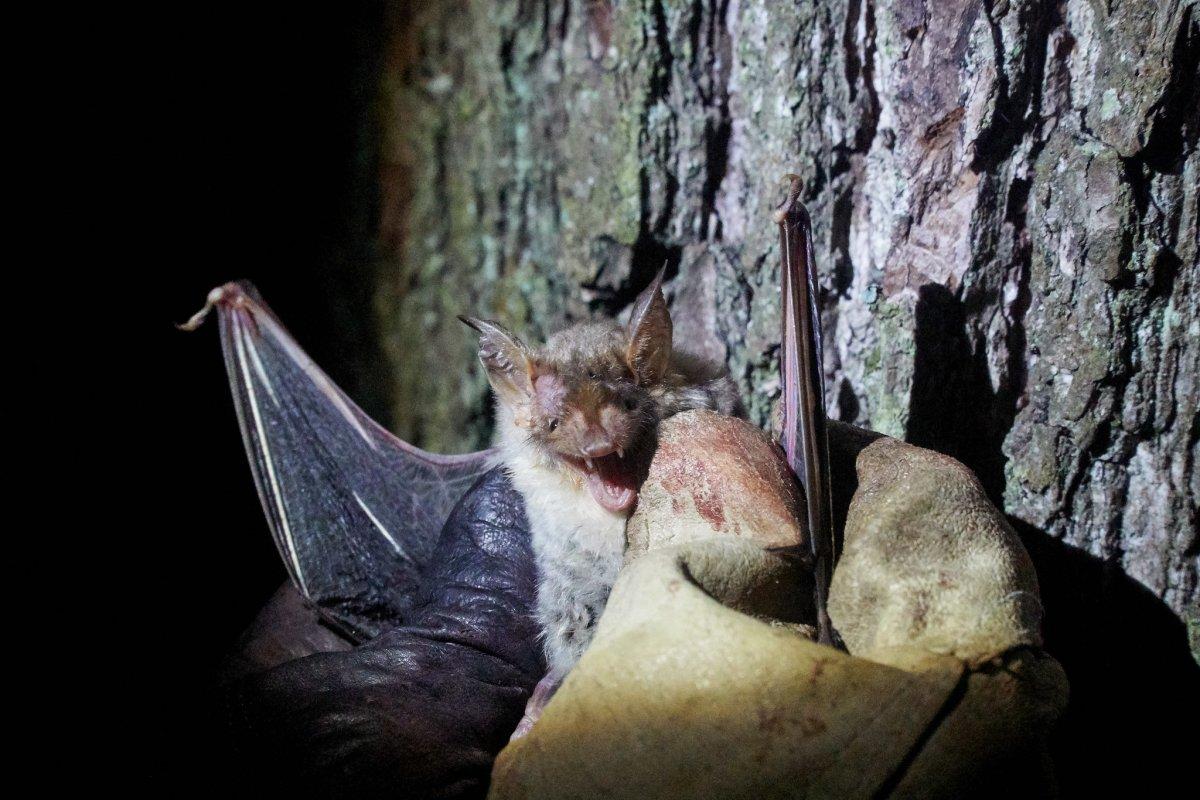

![11 Wild Animals in South Sudan [Wildlife in South Sudan]](https://www.kevmrc.com/wp-content/uploads/2022/12/11-wild-animals-in-south-sudan.jpg)
![10 Wild Animals in Syria [Wildlife in Syria]](https://www.kevmrc.com/wp-content/uploads/2022/11/10-wild-animals-in-syria.jpg)
![18 Wild Animals in El Salvador [Wildlife in El Salvador]](https://www.kevmrc.com/wp-content/uploads/2022/08/18-wild-animals-in-el-salvador.jpg)